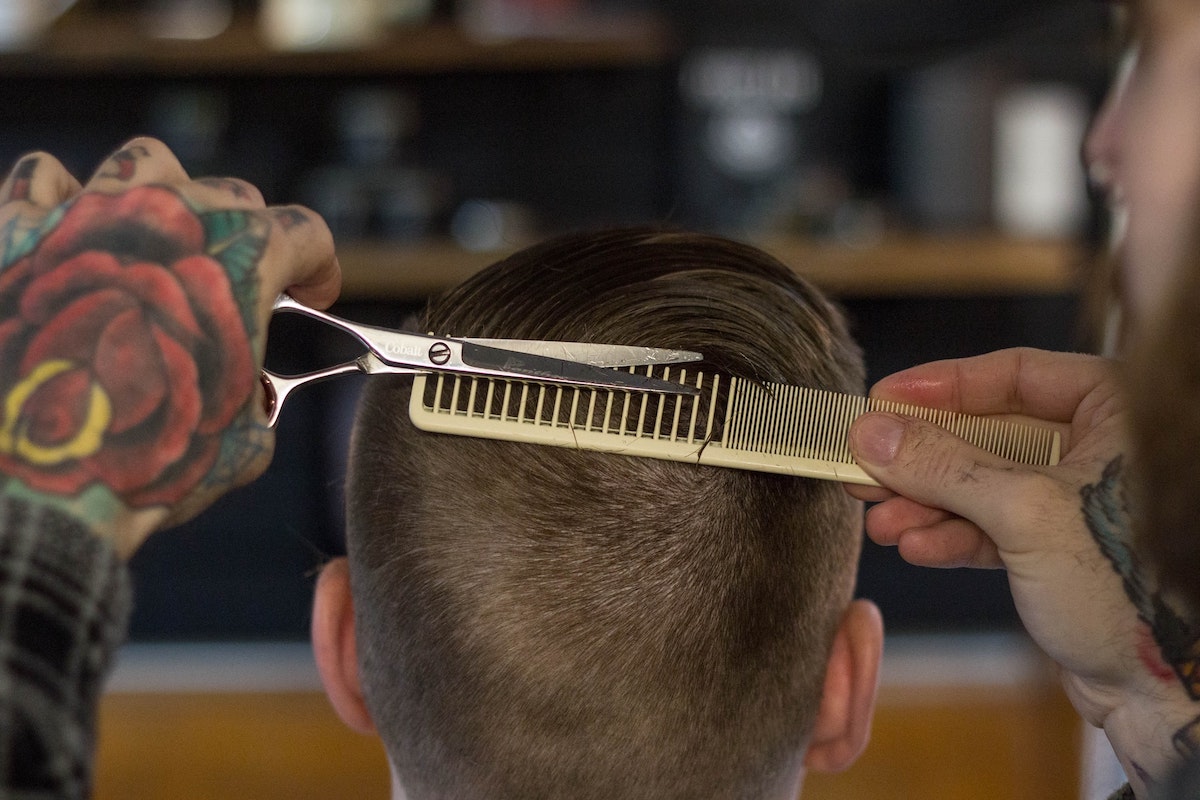The best age for a hair transplant can vary depending on a person’s individual circumstances. However, in general, it’s best to wait until a person’s hair loss has stabilized before considering a hair transplant. This typically means waiting until the mid to late 20s or early 30s, when the pattern of hair loss has become clear and is not likely to progress further.
If a person undergoes a hair transplant too early and their hair loss continues, they may require additional procedures in the future. Additionally, if a person undergoes a hair transplant too early, they may not have enough donor hair available to achieve a desirable outcome later in life.
The success rate of a hair transplant can differ depending on several elements, such as the skill and experience of the surgeon, the type of hair transplant procedure, the quality and quantity of the donor’s hair, and the patient’s overall health.
In general, hair transplant procedures are considered to be safe and effective, with a success rate of around 90 to 95%. The success rate can be even higher for patients with good donor hair quality and realistic expectations for the outcome.
However, it’s important to note that the success of a hair transplant furthermore relies on the patient’s willingness to follow the aftercare instructions provided by the surgeon. For example, patients are typically advised to avoid strenuous activity, smoking, and alcohol consumption for several days after the procedure, and to be gentle when washing and styling the transplanted hair during the healing process.
The level of pain experienced during a hair transplant can vary depending on several factors, such as the patient’s pain tolerance, the type of hair transplant procedure, and the anaesthesia used.
During the procedure, the patient is typically given local anaesthesia to numb the scalp, so they should not feel any pain during the surgery. However, some patients may experience minor discomfort, such as a mild stinging or burning sensation during the injections.
After the operation, it is typical to experience some discomfort or soreness in the donor and recipient areas of the scalp. Patients may also experience swelling and mild bruising around the forehead and eyes, but these symptoms typically subside within a few days.
In general, the pain associated with a hair transplant is considered to be mild and can be managed with over-the-counter pain medication, such as ibuprofen or acetaminophen. The surgeon will provide postoperative instructions and medications to help manage any discomfort or pain.
Is a Robotic Hair Transplant better?
Robotic hair transplant, also known as AI robotic (FUE) follicular unit extraction, is a hair restoration procedure that uses robotic technology to extract individual hair follicles from the scalp for transplantation. While there are advantages to this technique, whether it is “better” than traditional hair transplant techniques depends on the patient’s individual circumstances.
One advantage of robotic hair transplant is that it can provide very precise and consistent results, as the robotic technology can identify the best hair follicles to extract and transplant based on factors such as hair thickness, angle, and direction.
The precision of the robot can help minimize damage to the donor area, potentially leading to faster healing and less scarring.
Another advantage is that the robotic system is less dependent on the skill, fatigue, and experience of the surgeon, as the system can perform the follicular unit extraction (FUE) procedure with consistent accuracy. However, it’s still important to choose a qualified surgeon who can oversee the robotic system and ensure a successful outcome.
That being said, robotic hair transplant may not be suitable for all patients or hair loss patterns, and it’s important to discuss any concerns with the doctor prior to the procedure, as they can provide a more detailed explanation of what to expect during and after the surgery, as well as recommend aftercare.
Image Credit: Photo by Jonathan Cooper on Unsplash


